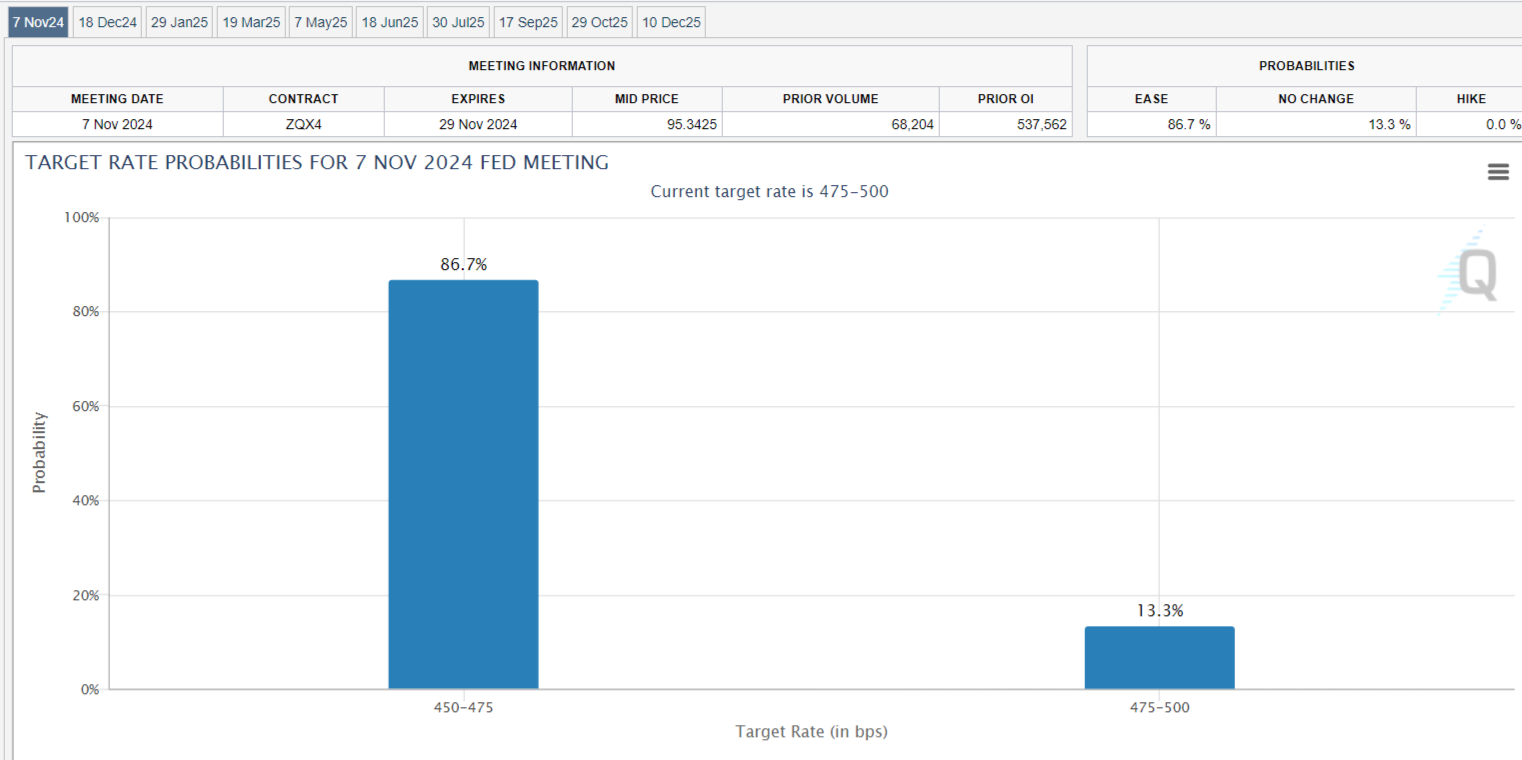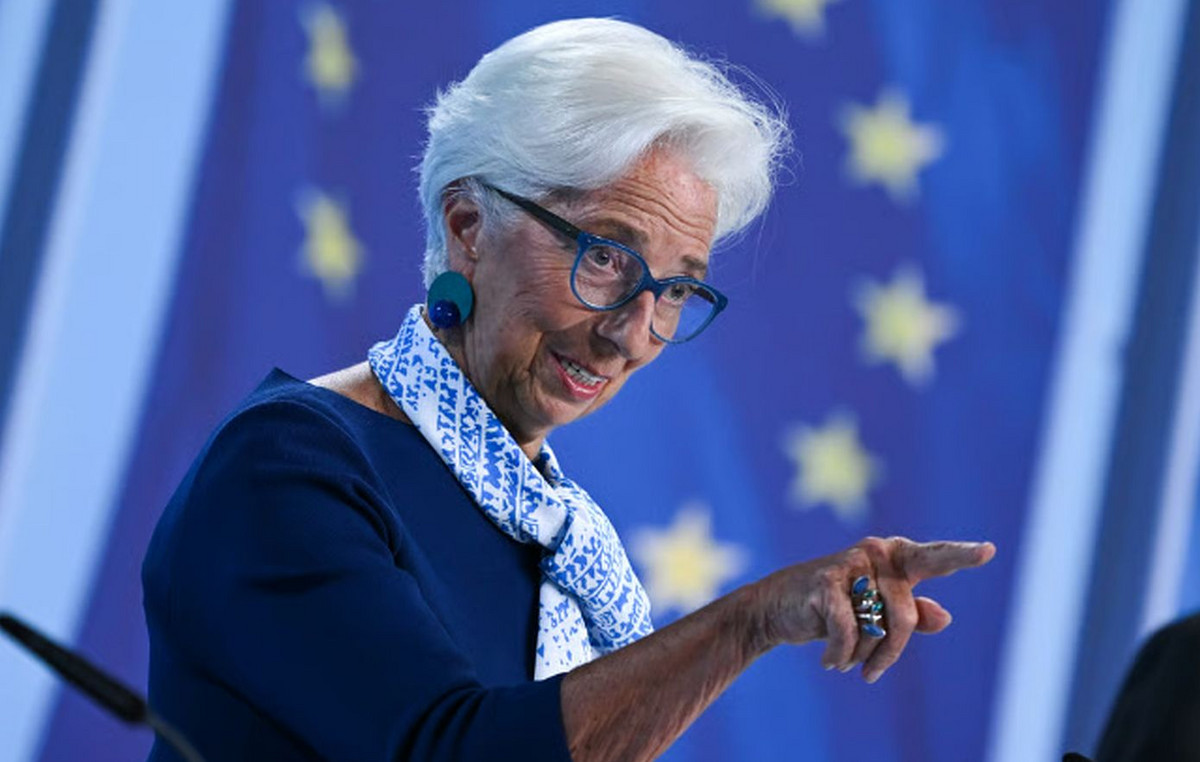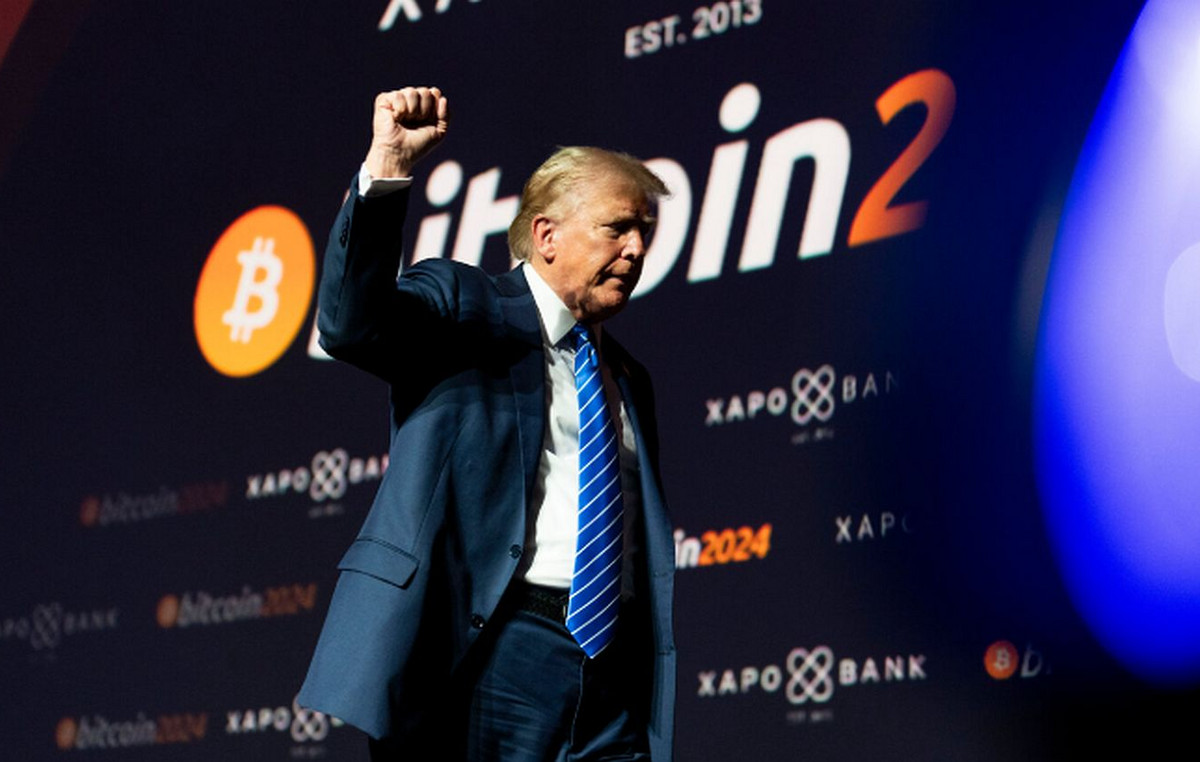- Minutes from the Fed’s September 17-18 monetary policy meeting will be released on Wednesday.
- The details of Jerome Powell and company’s decision to cut interest rates by 50 basis points will be in the spotlight.
- The US Dollar Index could correct lower on the news, but the bullish path is just around the corner.
The minutes of the US Federal Reserve (Fed) monetary policy meeting on September 17-18 will be published on Wednesday at 18:00 GMT. Policymakers eased monetary policy for the first time in more than four years and surprised market participants with a 50 basis point (bps) interest rate cut. The decision raised speculation that officials were concerned about economic progress and suggested more aggressive cuts.
Jerome Powell and company decided to cut rates at September meeting
The Federal Open Market Committee (FOMC) took action after recognizing progress toward its inflation target. “In light of progress on inflation and risk balancing, the Committee decided to lower the target range for the federal funds rate by 1/2 percentage point to 4-3/4 to 5 percent,” the statement said. However, officials also noted that “employment gains have slowed and the unemployment rate has risen, but remains low.”
The announcement was not a complete surprise, given that Powell and company somewhat anticipated the decision to start cutting interest rates. What was surprising was the larger-than-anticipated cut, as most market participants expected a 25 bps cut, with only Fed Governor Michelle Bowman calling for a quarter-point cut.
As usual, policymakers repeated that future decisions will be made on a meeting-by-meeting basis based on macroeconomic data.
Meanwhile, Fed Chair Jerome Powell cooled speculation that the big cut was due to concerns about economic progress. At the news conference that followed the announcement, Powell said he sees nothing in the economy to suggest the likelihood of a recession, adding that the growth rate is strong, inflation is coming down and the labor market is “still at levels very solid.”
“We are trying to achieve a situation where we restore price stability without the kind of painful rise in unemployment that has sometimes come with disinflation,” Powell added.
As a result, the focus shifted to employment. Tepid data released throughout September fueled speculation that the central bank would make another 50 bps cut when it meets in November. The US Dollar (USD) was under persistent selling pressure as stock markets celebrated cheaper money.
Things changed in the first days of October. The September Nonfarm Payrolls (NFP) report released by the Bureau of Labor Statistics (BLS) showed that the economy added a staggering 254,000 new jobs in the month, while the unemployment rate unexpectedly dropped to 4.1%. from 4.2% in August. Those figures clearly indicate a strong labor market, reducing concerns in this regard.
As a result, market participants abandoned bets on a 50 bps cut in November, with the odds of a 25 bps cut currently around 85%, according to the CME’s FedWatch tool.

When will the FOMC minutes be released and how could they affect the US Dollar?
The FOMC will release minutes of the September 17-18 monetary policy meeting at 18:00 GMT on Wednesday. The document may explain the decision and suggest future actions, but at this point, it may be old news. The NFP report actually overshadowed any pre-release speculation about the state of the labor market.
With inflation coming down, economic growth and employment-related data strong, it appears that the United States (US) is in the right place to allow the Fed to reduce rates at perhaps a slower but steady pace.
The minutes are likely to show that policymakers are willing to cut the interest rate further in November, although the size of the cut will depend on upcoming macroeconomic data.
In fact, the US will release the September Consumer Price Index (CPI) on Thursday, and the figures will likely have a broader impact on future Fed decisions, and therefore the USD, than the minutes. of the FOMC.
Generally speaking, the more dovish the document, the more pressure there will be on the Dollar, while the hawkish words should support the USD.
From a technical perspective, Valeria Bednarik, Chief Analyst at FXStreet, notes: “The US Dollar Index (DXY) looks comfortable above the 102.00 level after flirting with the 100.00 level in September. The overall technical stance is bullish, although another movement to the north is needed to confirm a sustained advance over time.”
“From a technical point of view, the DXY could correct towards 102.00 before the announcement, with short-term support in the 101.90 region. However, the daily chart shows that the technical indicators remain well in positive territory, with the Momentum indicator still pointing firmly north, reflecting buyer interest. At the same time, the DXY has broken above its 20 simple moving average (SMA), which is gaining upward traction around 101.20, a key area of dynamic support. Finally, the 100-day and 200-day SMAs remain well above 103.00, limiting medium-term upside potential.”
Bednarik adds: “The DXY needs to conquer the 103.00 level to extend the gains at a solid pace, with the next resistance area around 103.80. Once beyond the latter, an unlikely scenario after the FOMC minutes , the index will enter a clearer bullish path.”
economic indicator
FOMC minutes
The Federal Open Market Committee (FOMC) holds eight meetings a year and reviews financial and economic conditions to determine the appropriate stance on monetary policy. It also assesses existing risks to the objectives of long-term price stability and sustainable economic growth. The FOMC minutes are published by Board of Governors of the Federal Reserve System and is a clear guide to interest rate policy in the United States. A change in this report affects the volatility of the dollar. If the minutes show a firm outlook, this will be considered bullish for the dollar.
Next post:
Wed Oct 09, 2024 18:00
Frequency:
Irregular
Dear:
–
Previous:
–
Fountain:
Federal Reserve
Federal Open Market Committee (FOMC) Minutes are typically released three weeks after policy decision day. Investors are looking for clues about the policy outlook in this release along with the split vote. A bullish tone is likely to provide a boost to the dollar, while a dovish stance is considered negative for the USD. It should be noted that market reaction to the FOMC Minutes could be delayed as the media does not have access to the publication prior to release, unlike the FOMC Policy Statement.
The Fed FAQs
The monetary policy of the United States is directed by the Federal Reserve (Fed). The Fed has two mandates: achieving price stability and promoting full employment. Your main tool to achieve these objectives is to adjust interest rates. When prices rise too quickly and inflation exceeds the Federal Reserve’s 2% target, it raises interest rates, raising borrowing costs throughout the economy. This translates into a strengthening of the US Dollar (USD), as it makes the United States a more attractive place for international investors to place their money. When inflation falls below 2% or the unemployment rate is too high, the Federal Reserve can lower interest rates to encourage borrowing, which weighs on the greenback.
The Federal Reserve (Fed) holds eight meetings a year, in which the Federal Open Market Committee (FOMC) evaluates the economic situation and makes monetary policy decisions. The FOMC is made up of twelve Federal Reserve officials: the seven members of the Board of Governors, the president of the Federal Reserve Bank of New York, and four of the eleven presidents of the regional Reserve banks, who serve for one year on a rotating basis.
In extreme situations, the Federal Reserve can resort to a policy called Quantitative Easing (QE). QE is the process by which the Fed substantially increases the flow of credit into a clogged financial system. It is a non-standard policy measure used during crises or when inflation is extremely low. It was the Fed’s weapon of choice during the Great Financial Crisis of 2008. It involves the Fed printing more dollars and using them to buy high-quality bonds from financial institutions. QE usually weakens the US dollar.
Quantitative tightening (QT) is the reverse process of QE, whereby the Federal Reserve stops buying bonds from financial institutions and does not reinvest the capital of the maturing bonds it has in its portfolio to buy new bonds. It is usually positive for the value of the US Dollar.
Source: Fx Street
I am Joshua Winder, a senior-level journalist and editor at World Stock Market. I specialize in covering news related to the stock market and economic trends. With more than 8 years of experience in this field, I have become an expert in financial reporting.







